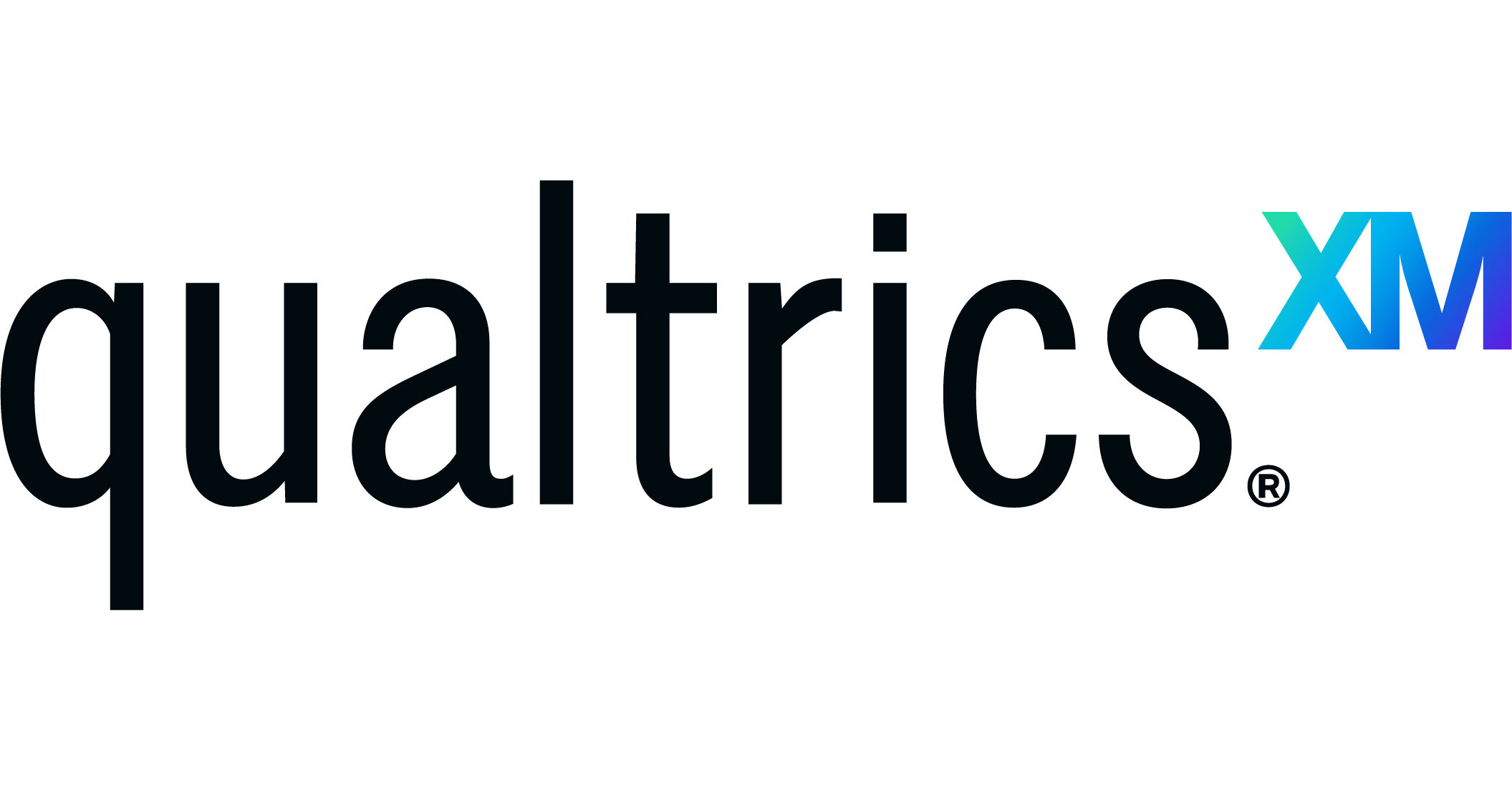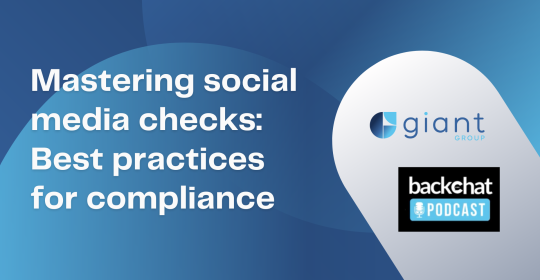The UK’s employees would like to get back on task. According to the 2025 Employee Experience Trends Report from Qualtrics, drawing on insights from more than 35,000 employees in 23 countries around the world, years of chaotic changes to the workplace such as hybrid working arrangements and new technologies have employees yearning for a simpler, productive 9-to-5.
The five UK employee experience trends for 2025 are:
- 2025’s best employers will make work less chaotic: The pace of change is putting pressure on employees, and they need organisational support to stay engaged and maintain their well-being.
- Young employees are (surprisingly) optimistic…for now: Workers under 25 years old are highly engaged and have a positive outlook on the success of their company as well as their own careers.
- Employee experiences are being ruined by entry and exit: Employees rank the application and interview process as the worst part of the employee journey, risking company reputations.
- Prioritising short-term gains are costing you long-term trust: While most employees believe in the competence and integrity of their senior leaders, just 52% believe they would prioritise employee well-being above short-term gains.
- PSA: Your people are outpacing you on AI: Only about half of employees say they have training and ethical guidelines around using AI at work.
2025’s best employers will make work less chaotic
Amid rapid change to the workplace, employees are more engaged when their employer’s culture and processes continually improve how work gets done, and empower them to adapt to customer needs. A culture of continuous improvement is also the strongest predictor of employee well-being, yet this is one of the lowest rated metrics among global employees.
Some 39% of employees report feeling pressure to increase their productivity. They primarily attribute this to keeping up with the pace of change (40%), as well as strategic changes to the business (39%), external economic pressures (34%) and the introduction of AI (23%). When employees feel pressure, they are less engaged and have a lower sense of well-being.
“Over and over, employees have said they need their organisations to help them get work done as they try to balance their existing workload while also adapting to rapid workplace changes,” said Dr. Benjamin Granger, Chief Workplace Psychologist at Qualtrics. “The psychological contract between employees and employers has changed, and organisations need to catch up to what employees expect of the modern workplace.”
Young employees are (surprisingly) optimistic…for now
Workers under 25 years old are highly engaged. They want to drive changes, and have an overall positive outlook on their company’s future, as well as their own. However, in the UK it’s clear that older employees do not feel as capable of bringing change to the workplace, with fewer workers over the age of 25 believing they can challenge the way of doing things (59%) or have seen positive change as a result of employee surveys (59%).
|
Engaged |
Believe in organisation’s values |
Can challenge the traditional way of doing things |
Believe the organisation has an outstanding future |
Proud of the organisation’s efforts to positively impact the world |
Feel they can meet their career goals |
Have seen positive changes as a result of previous employee surveys |
|
|
18-24 years old |
70% |
79% |
67% |
73% |
71% |
74% |
69% |
|
25+ years old |
70% |
79% |
59% |
70% |
69% |
69% |
59% |
|
Difference |
0 |
0 |
-8 |
-3 |
-2 |
-5 |
-10 |
The one metric where young workers trail older generations is their intent to stay with a company for three or more years, even when they feel their employer exceeds their expectations. Over half (56%) of young people who have their expectations exceeded still do not plan to stay with the company longer than three years. By comparison, only 24% of workers 25 and older have no long-term plans to leave when their expectations are exceeded.
Some of this could be due to typical demographic patterns. Young people may be more flexible about making major life changes more frequently. Still, leaders who want to retain this bright and valuable cohort can prioritise the factors with the most impact on retaining them.
“When leaders accept stereotypes about young employees being lazy, entitled, or disengaged, they do their organisations a disservice. Crushing the optimism young workers bring into the workplace is far from productive, especially when it can be easily nurtured, bringing out creativity and new ideas for innovation,” according to Granger. “Offering them opportunities to share their ideas and stretch their skills can win over talented workers early in their careers and create lasting goodwill toward the company, even after they eventually depart.”
Employee experiences are being ruined by entry and exit
Employees who have been with their current company for less than six months have low intent to stay (38% plan to stay for three or more years) compared with employees who have been with a company longer (57%). Why? Because companies are souring their new employees’ morale before they even start by providing poor job candidate experience. In fact, the candidate experience is rated lowest among several significant phases in the employee journey, such as onboarding, changing roles or applying for a promotion.
At the other end of an employee’s time with a company, the exit experience was also poorly regarded by employees. While these people are no longer active with a company, their final impression can become the lens through which they view their entire experience.
“Potential and past employees are often overlooked when it comes to a company’s reputation, and organisations take on unnecessary risk by neglecting to address these bookend experiences,” said Granger. “Candidates and former employees can still influence others’ opinions about the company, good or bad. Organisations that invest in these first and final impressions gain a significant advantage in attracting talented candidates in the future, some of whom return to the company with enhanced skills and experiences.”
|
Applying or interviewing for a job |
Starting a job in a new organisation |
Changing roles within the organisation |
Leaving a job |
|
|
Exceeds expectations |
18% |
44% |
40% |
17% |
|
Below or greatly below expectations |
32% |
15% |
13% |
34% |
Prioritising short-term gains are costing you long-term trust
Two-thirds (66%) of employees believe their senior leaders are both competent and act consistently with the organisation’s values, but only 52% believe they will choose employee well-being over short-term gains.
Business leaders are challenged by an uneven global economy and declining customer loyalty, but the long-term success of the company is at risk if they overlook the importance of employee trust.
“Trust is the glue that holds people within organisations together, but it is often harder to earn and maintain during times of disruption and uncertainty,” said Granger. “Most leaders are comfortable tracking operational metrics, but the ones who earn employee trust go further to monitor how employees feel, and double down on trust building-behaviour and communication during challenging times.”
Trust is highly correlated with employee engagement, as well as employees’ sense of inclusion and well-being. Employees who trust their leaders are more open to changes, receptive to communication and overall act in ways that ultimately benefit the organisation.
Employees are more likely to trust their leaders when:
- Senior leadership responds to feedback from employees
- Senior leadership values diverse perspectives, even if different
- There is open and honest communication at this company
- Work processes allow employees to be as productive as possible
- Company continually improves how work gets done
PSA: Your people are outpacing you on AI
Employees are outpacing their employers on AI adoption, as enablement lags behind. Over half of employees say their organisations don’t provide AI enablement and training (56%), and a similar share say their company has no clear AI guidelines, ethics or principles – or are unaware they exist (54%).
Meanwhile, nearly a quarter (24%) of those employees are using AI tools that they found themselves, as opposed to tools provided by the company, meaning they likely have not been approved by IT or security teams and may not have safeguards to protect company or customer data. Over a third (39%) of employees say they are using AI daily or weekly, and employees who use AI regularly are more positive about its potential for their job than employees who rarely use it.
“There’s a growing desire and readiness among workers to leverage AI, even if it isn’t explicitly supported by the company,” said Granger. “This introduces significant risks to employees, customers, and organisations alike. Many workers are already looking for opportunities to use AI to augment their work and it is far better for organisational leaders to lean in and provide approved tools and clear guidance to gain the benefits of these technologies without putting the company or customers at risk.”
For the full report and methodology, visit the website.






